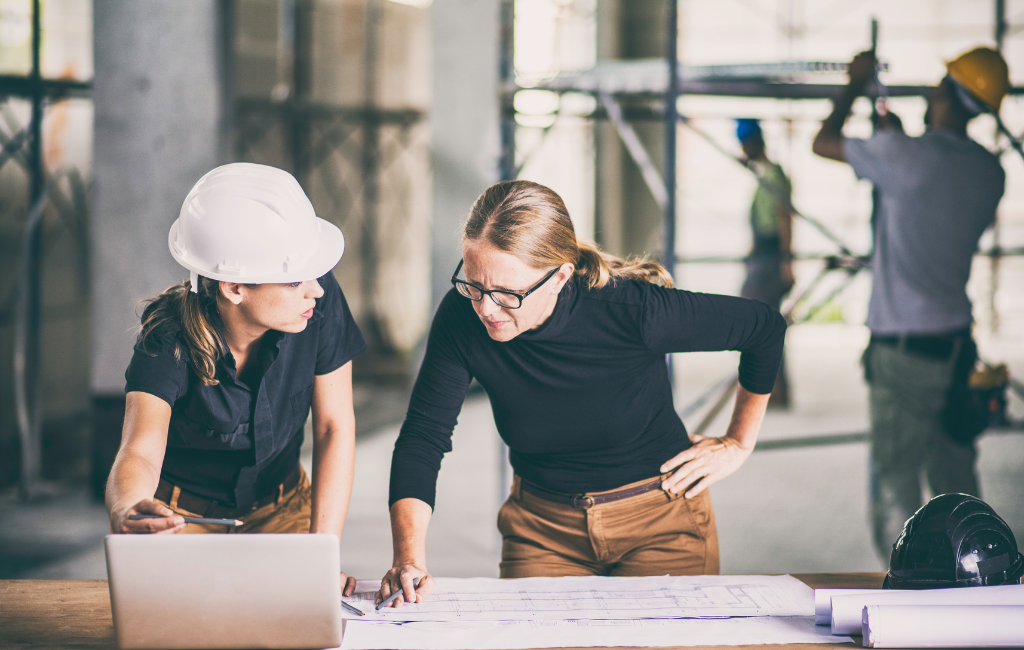Architect Ideas for Innovative Projects
In the ever-evolving field of architecture, innovation is the key to creating structures that not only meet functional needs but also inspire and captivate. This article explores various architect ideas for innovative projects, providing valuable insights and examples to spark creativity and forward-thinking in architectural design.
Embracing Sustainable Design
Sustainability has become a cornerstone of modern architecture. Incorporating eco-friendly materials and energy-efficient systems can significantly reduce a building’s environmental impact. Some innovative ideas in sustainable design include:
- Green roofs and walls
- Solar panels and renewable energy sources
- Rainwater harvesting systems
- Passive solar design
- Recycled and locally sourced materials
For instance, the Bullitt Center in Seattle is often cited as one of the greenest commercial buildings in the world. It features solar panels, rainwater harvesting, and composting toilets, setting a high standard for sustainable architecture.
Adaptive Reuse of Buildings
Adaptive reuse involves repurposing old buildings for new uses, preserving historical architecture while meeting contemporary needs. This approach not only conserves resources but also adds character and depth to urban environments. Examples of adaptive reuse include:
- Converting warehouses into loft apartments
- Transforming factories into office spaces
- Repurposing churches into community centers
The Tate Modern in London is a prime example of adaptive reuse. Originally a power station, it has been transformed into a world-renowned art museum, blending industrial heritage with modern design.
Incorporating Smart Technology
Smart technology is revolutionizing the way buildings are designed and operated. Integrating advanced systems can enhance comfort, security, and energy efficiency. Some smart technology ideas for innovative projects include:
- Automated lighting and climate control systems
- Smart security systems with facial recognition
- IoT-enabled appliances and devices
- Building management systems for real-time monitoring
The Edge in Amsterdam is often referred to as the smartest building in the world. It uses IoT technology to create a highly efficient and personalized work environment, demonstrating the potential of smart technology in architecture.
Biophilic Design Principles
Biophilic design focuses on creating spaces that connect occupants with nature, promoting well-being and productivity. This approach can be implemented through various strategies, such as:
- Incorporating natural light and ventilation
- Using natural materials like wood and stone
- Creating indoor gardens and green spaces
- Designing with organic shapes and forms
Amazon’s Spheres in Seattle exemplify biophilic design. These glass domes house thousands of plants, providing employees with a unique and refreshing work environment that fosters creativity and relaxation.
Exploring Modular and Prefabricated Construction
Modular and prefabricated construction methods offer numerous benefits, including reduced construction time, cost savings, and improved quality control. These methods involve assembling building components off-site and then transporting them to the construction site. Examples of modular and prefabricated projects include:
- Modular homes and apartments
- Prefabricated office buildings
- Temporary structures for events and emergencies
The B2 Tower in Brooklyn is a notable example of modular construction. As one of the tallest modular buildings in the world, it showcases the potential of this innovative approach to urban housing.
Utilizing Parametric Design
Parametric design leverages algorithms and computational tools to create complex and dynamic architectural forms. This approach allows architects to explore new possibilities and optimize designs for performance and aesthetics. Key aspects of parametric design include:
- Algorithm-driven design processes
- Generative design techniques
- Customizable and adaptable structures
The Beijing National Stadium, also known as the Bird’s Nest, is an iconic example of parametric design. Its intricate steel lattice structure was created using advanced computational methods, resulting in a visually stunning and structurally efficient building.
Fostering Community Engagement
Innovative architectural projects often prioritize community engagement, creating spaces that bring people together and foster social interaction. Strategies for community-focused design include:
- Designing public spaces and plazas
- Incorporating community centers and amenities
- Creating flexible and multi-use spaces
The High Line in New York City is a prime example of community engagement in architecture. This elevated park, built on a disused railway line, has become a beloved public space that attracts millions of visitors each year.
Conclusion
Innovative architectural projects push the boundaries of design, sustainability, and technology, creating spaces that inspire and serve their communities. By embracing sustainable practices, adaptive reuse, smart technology, biophilic design, modular construction, parametric design, and community engagement, architects can create groundbreaking projects that shape the future of our built environment.
